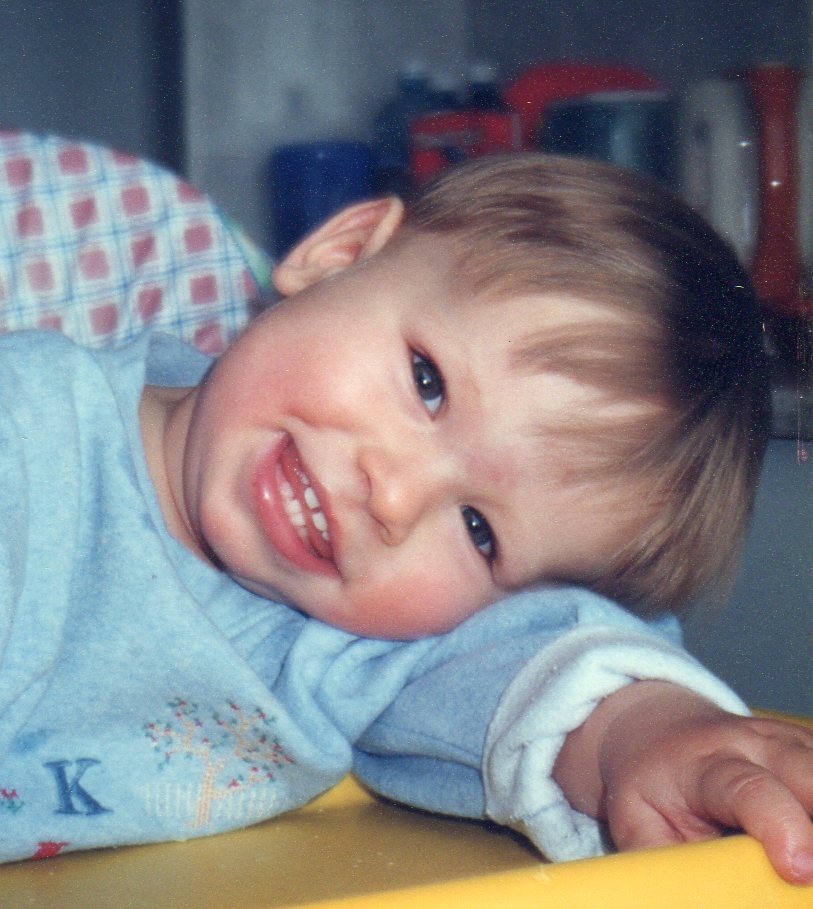The Role of Creative Childhood Play and Autobiographical Memory in Self-Identity Formation

Abstract
This article examines the influence of childhood creative play—such as dismantling and reconstructing toys—and its retrieval as vivid autobiographical memories in shaping self-identity. Drawing from developmental and memory research, it highlights how early imaginative endeavors become enduring, self-defining memories and contribute to the emergence of a stable identity.
Introduction
Childhood imaginative play and the formation of autobiographical memories are foundational to identity development. Activities like deconstructing a toy and fashioning new objects represent early manifestations of creativity, problem-solving, and self-expression. These experiences, when vividly remembered, form a self-defining core that helps stabilize one’s self-concept in adulthood.
Creative Play as a Driver of Cognitive and Identity Development
Constructive and imaginative play supports cognitive, motor, and social development. Even simple wooden toys used in open-ended, imaginative ways—whether as dismantled parts or improvised creations—foster problem-solving, manual skill, and creative expression. Montessori and developmental theory emphasize that such play nurtures autonomy and inventiveness (general developmental consensus).
Vivid Autobiographical Memories and the Reminiscence Bump
Research reveals a “reminiscence bump”, wherein people most vividly recall autobiographical memories from their adolescence and early adulthood, a period critical for self-definition PubMed+1. These memories often carry strong emotional or formative significance, reinforcing the evolving self.
Studies also find that reminiscence serves different functions at different stages: younger individuals recall personal events more for understanding self, while older adults use memories to reinforce social bonds PubMed. This suggests that childhood creative experiences, when vividly remembered, contribute to self-awareness and narrative identity.
Memory and Identity: A Bidirectional Relationship
Autobiographical memory is not merely a passive record; it interplays with identity. The self influences which memories are encoded and retrieved, and memories, in turn, shape the self. The formation of a self-image is closely linked to memories that correspond to that sense of self—so when a new self-conception emerges, associated memories become highly accessible PubMed.
For example, a memory of constructing a wooden toy car and the creative thrill involved may remain potent because it aligns with a self-image as inventive or resourceful.
Solitary Play, Attachment, and Social Adjustment
A preference for solitary play—like working independently on toy or DIY projects—does not necessarily signal maladaptive outcomes. Research shows some children favor solitude for introspection and creativity and are not at higher risk for adjustment difficulties, though excessive withdrawal may lead to peer exclusion in some contexts PubMed.
Hence, engaging deeply in solitary creative play can reflect a reflective, imaginative temperament rather than a social deficit.
Synthesis and Implications
Combining these findings allows us to propose that:
- Creative play in childhood, especially when involving improvisation and manual crafting, enriches problem-solving, imagination, and self-efficacy.
- Such experiences, when they become vivid autobiographical memories, embody self-defining moments that resonate in later identity formation, especially through the reminiscence bump.
- The bidirectional memory–self dynamic ensures that personally meaningful creative experiences are selectively retained and narrated.
- Solitary creative engagement can be a healthy expression of individuality and introspection, contributing to a grounded sense of self, when balanced within a social context.
Conclusion
Childhood is a fertile ground for creative exploration through play and imaginative projects. When these experiences become vividly recalled, they become integral to the individual’s identity narrative. The dynamic interplay between creative experience, memory encoding, and self-concept formation highlights how early imaginative acts shape who we become.
References
- Studies on the reminiscence bump and memory functions across age spans PubMed+1
- The concept of memory–self bidirectionality and self-image formation through memory accessibility PubMed
- Research on solitary play preferences and socio-emotional development in early childhood

